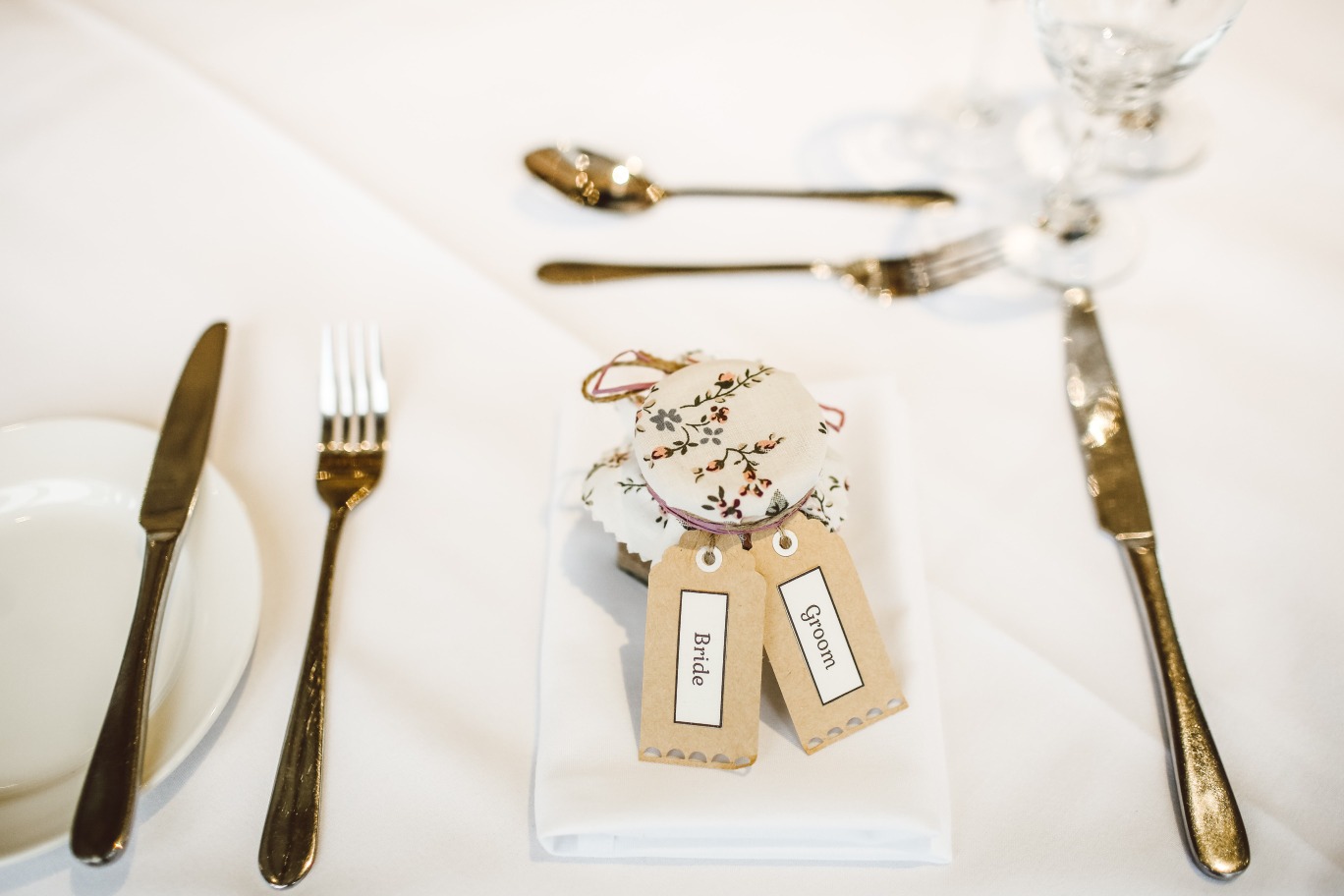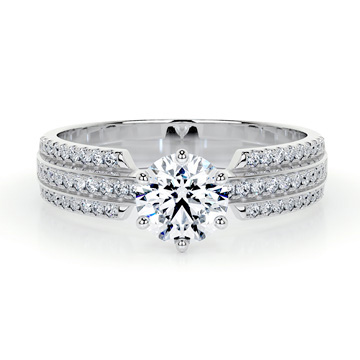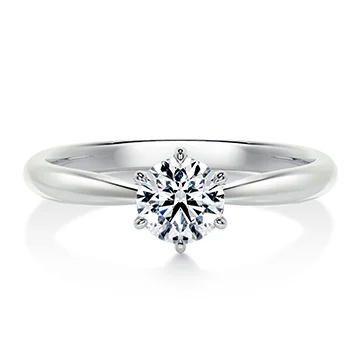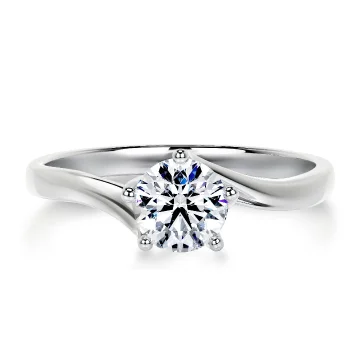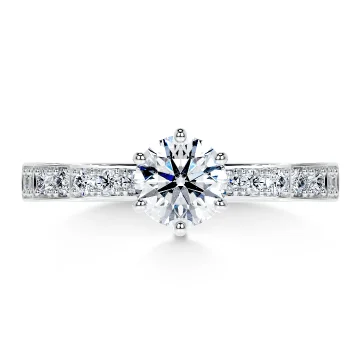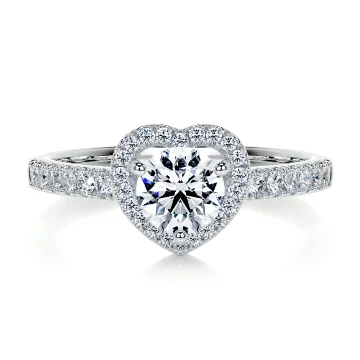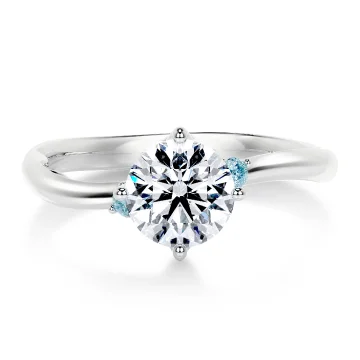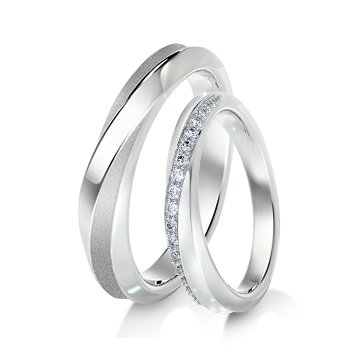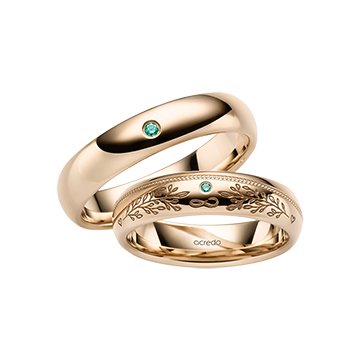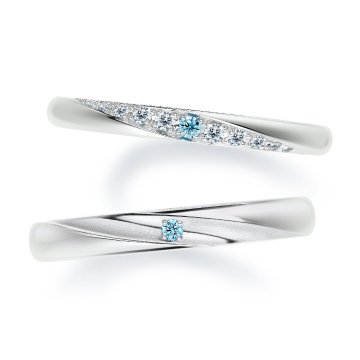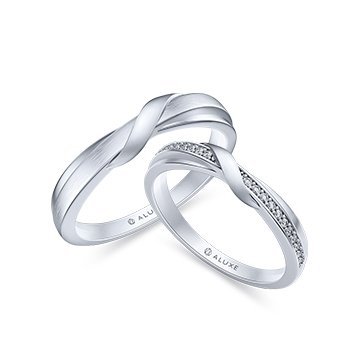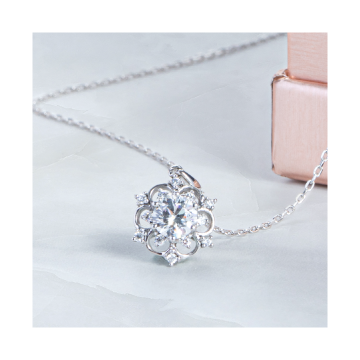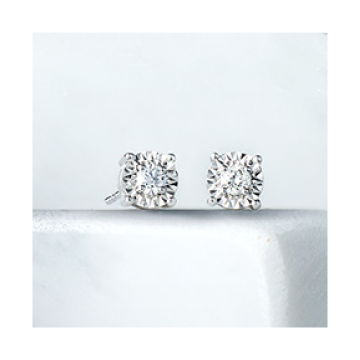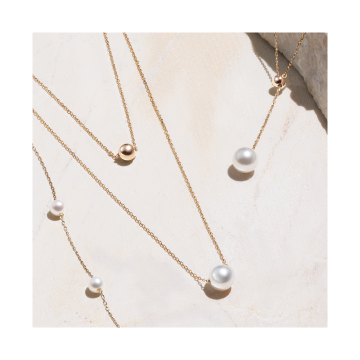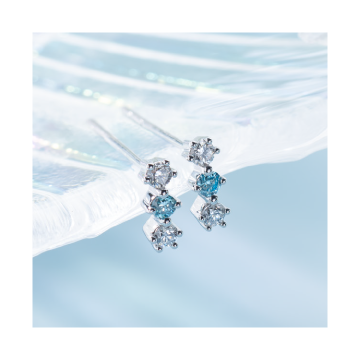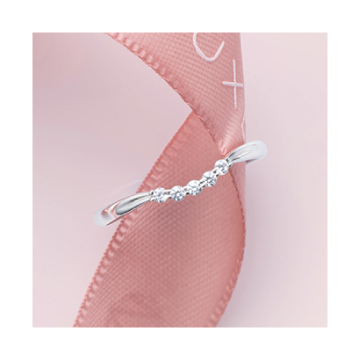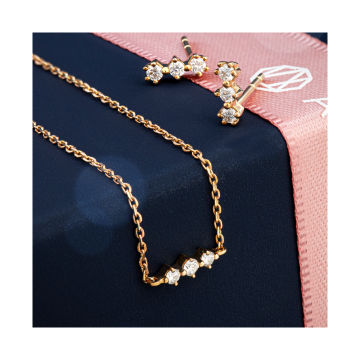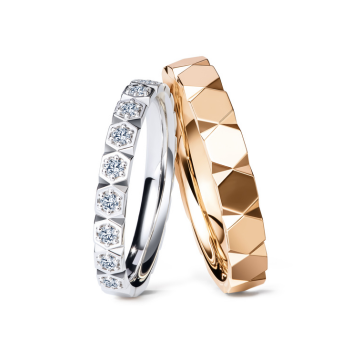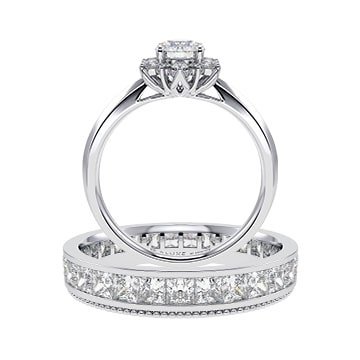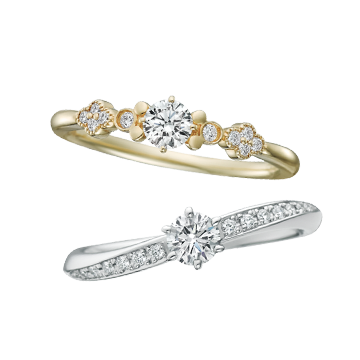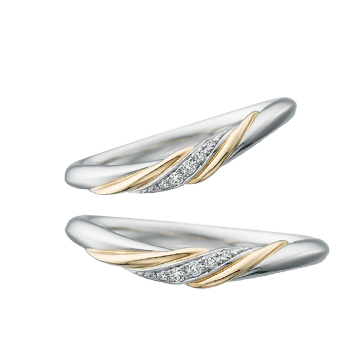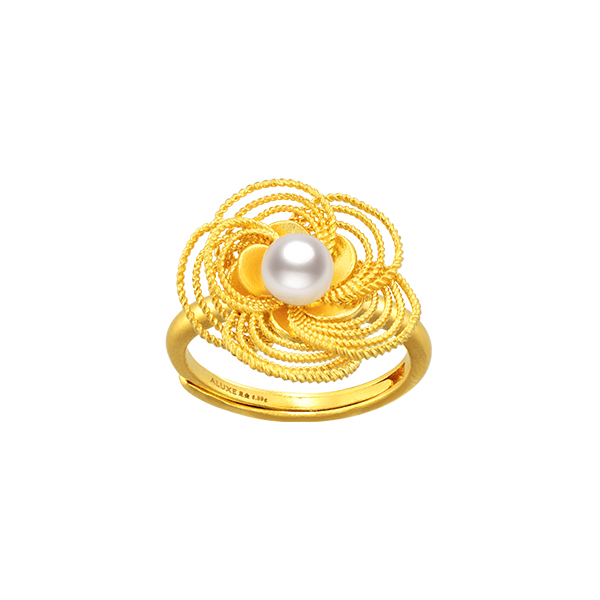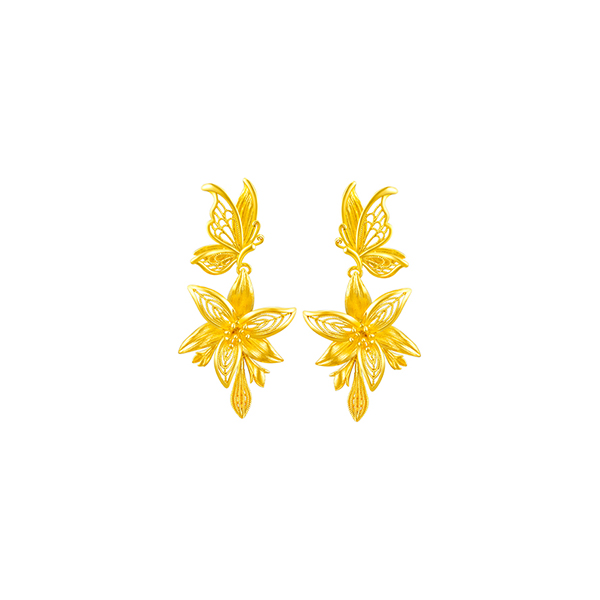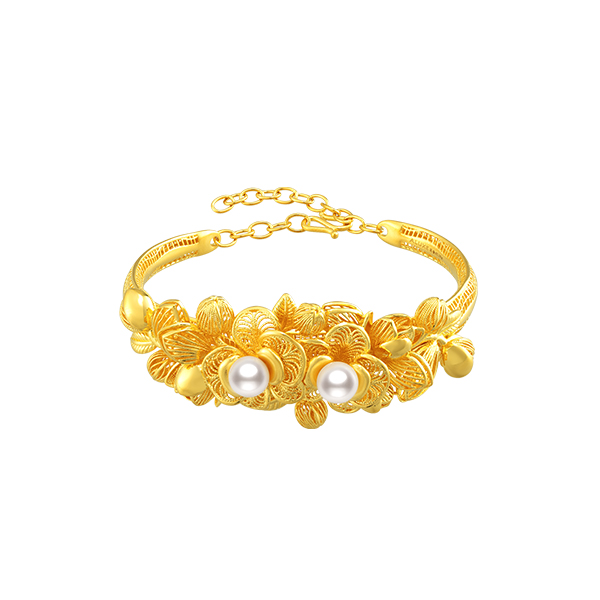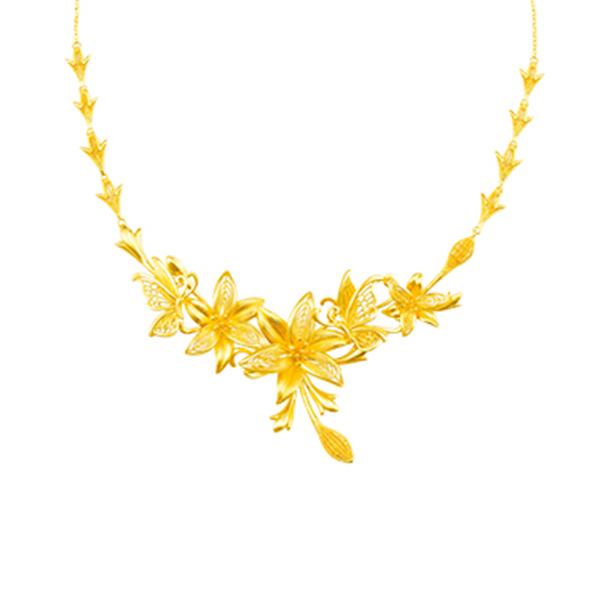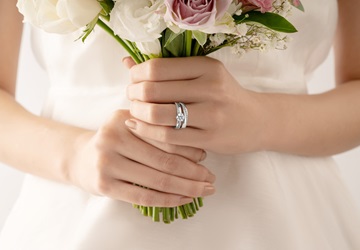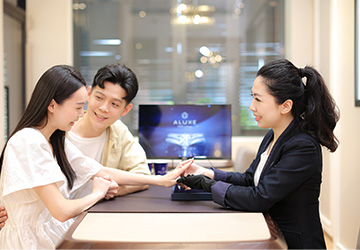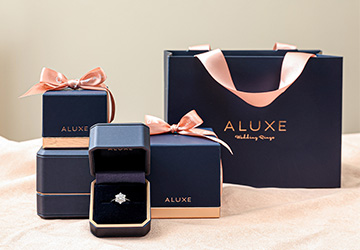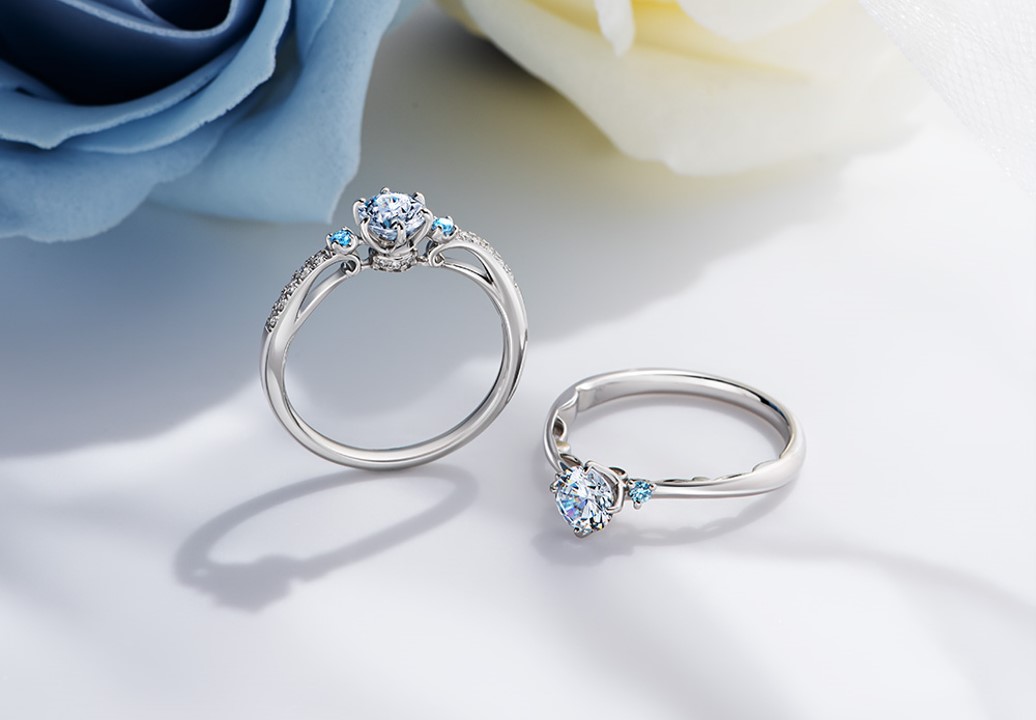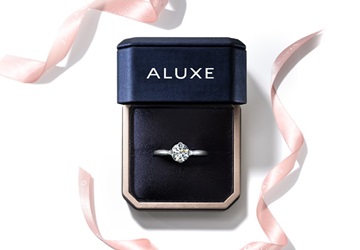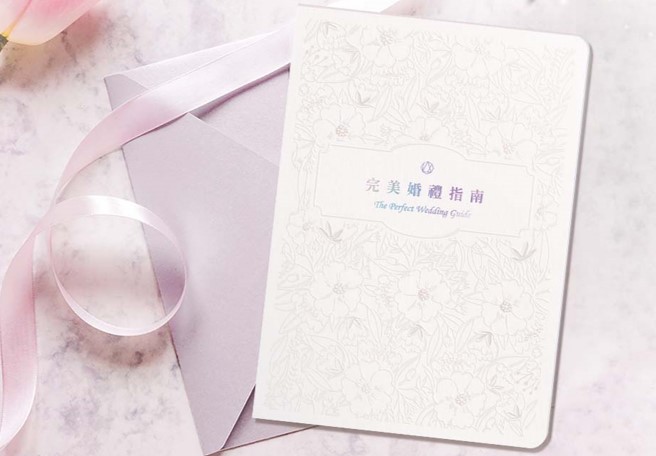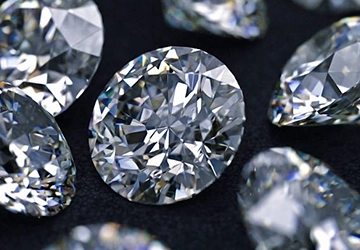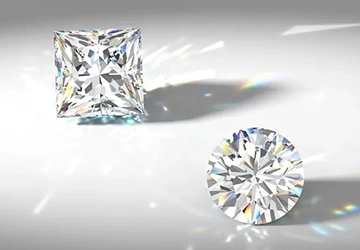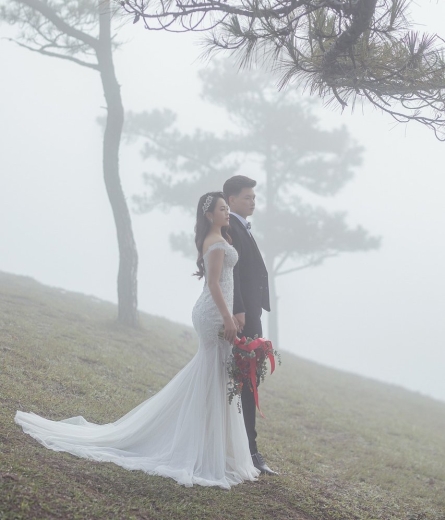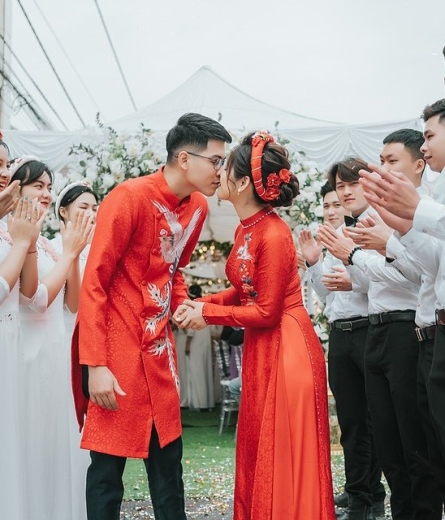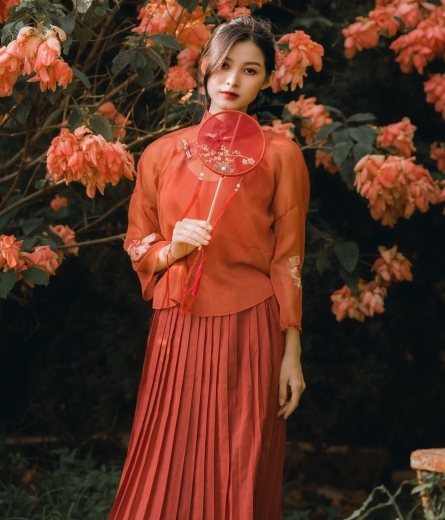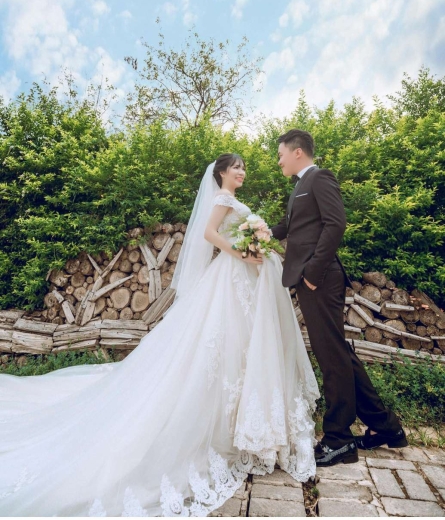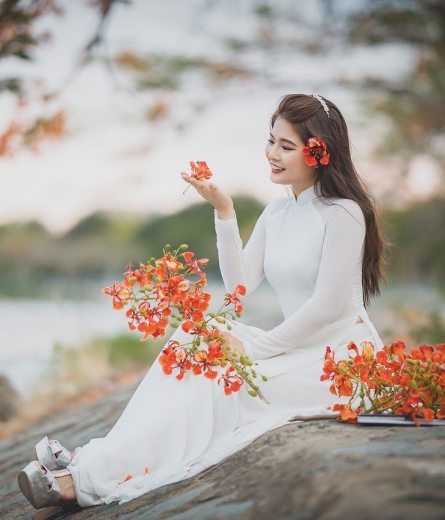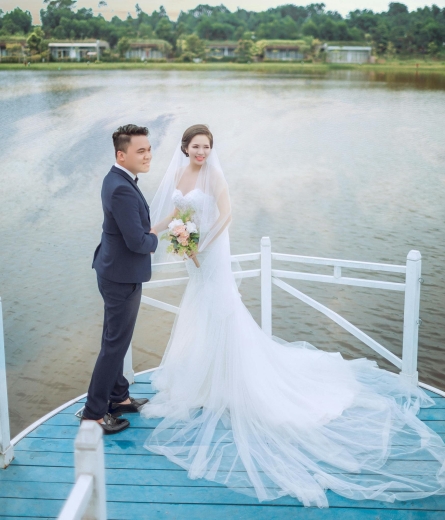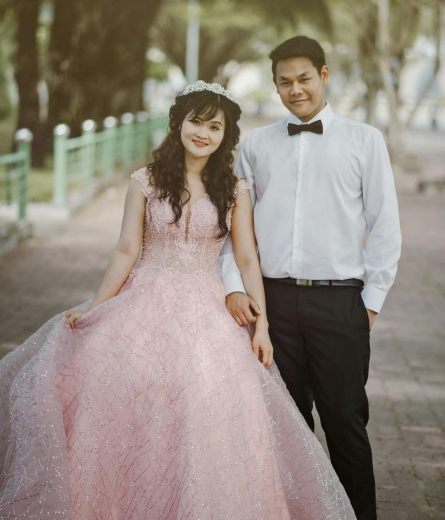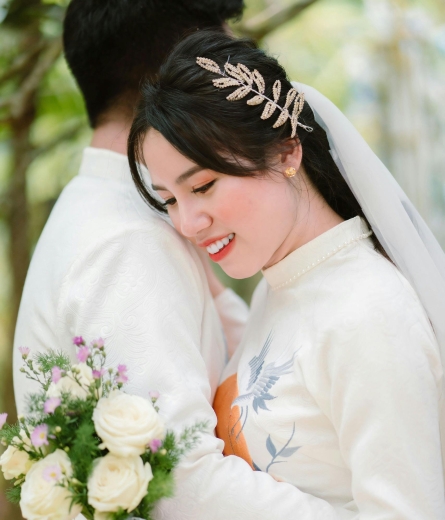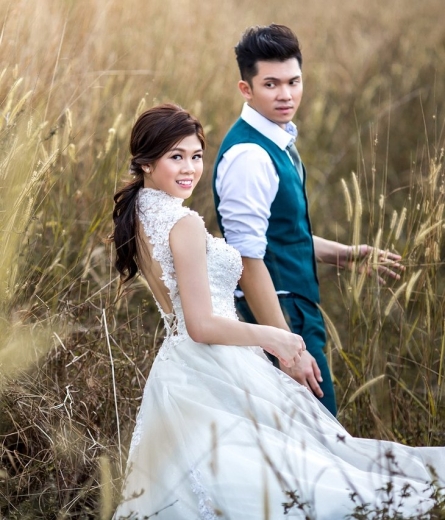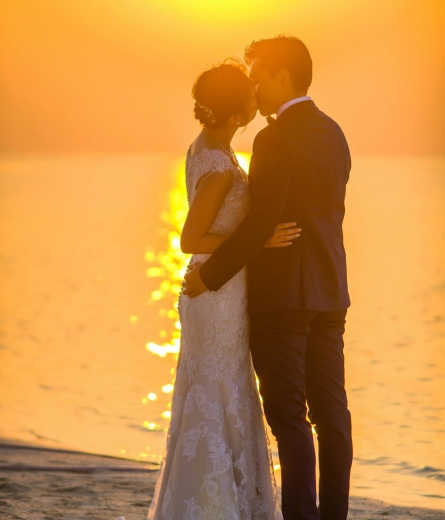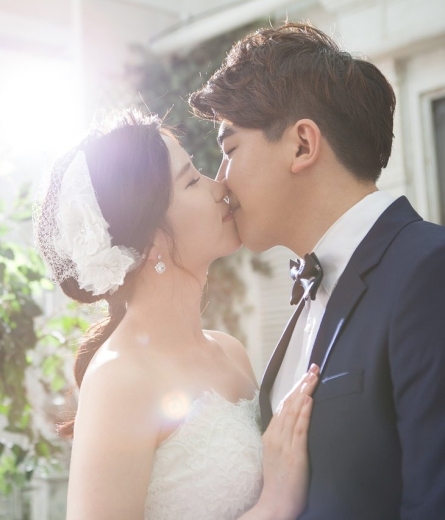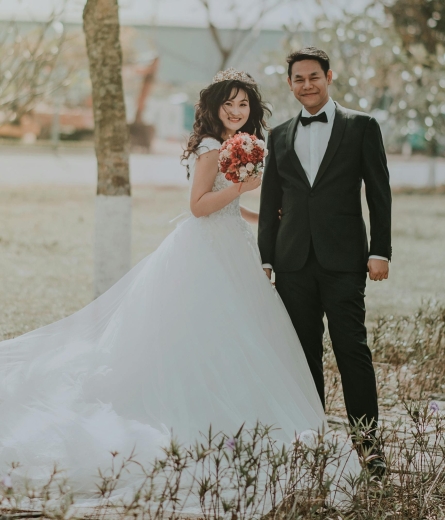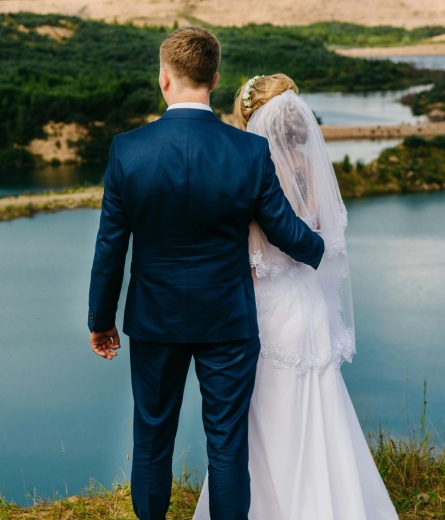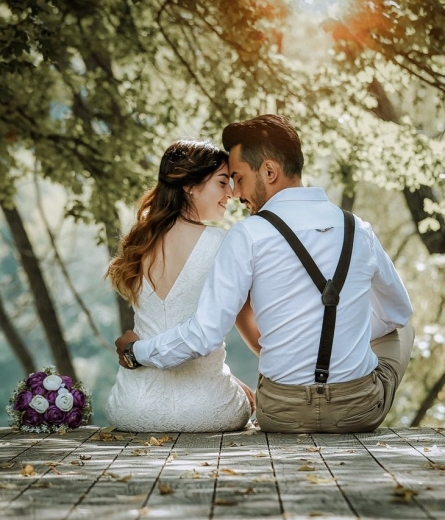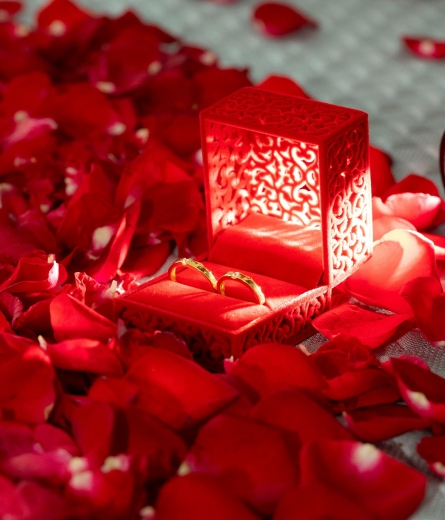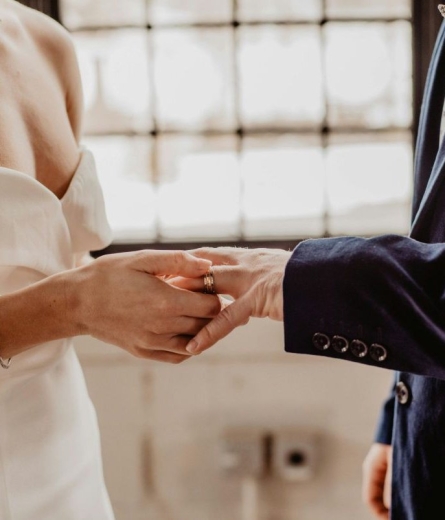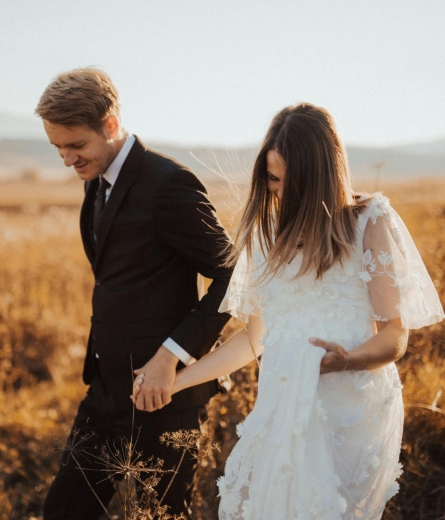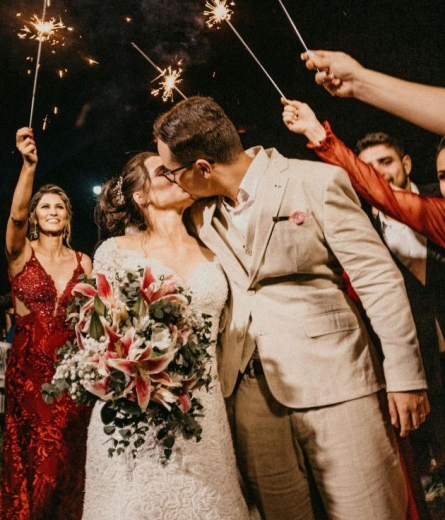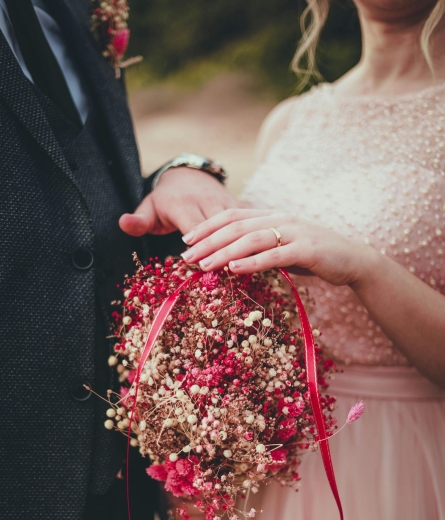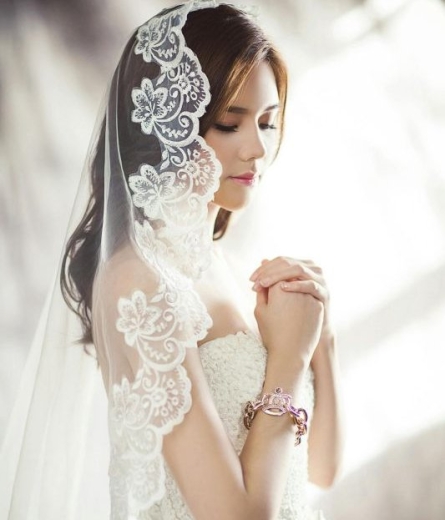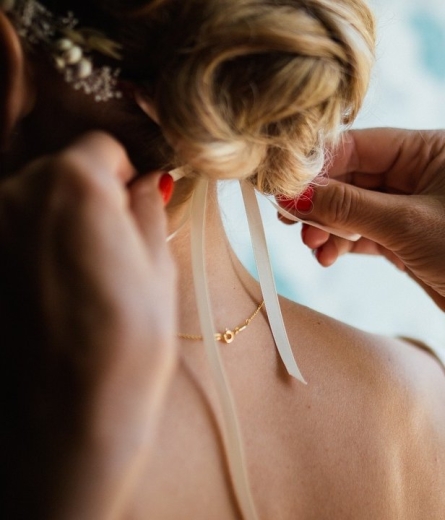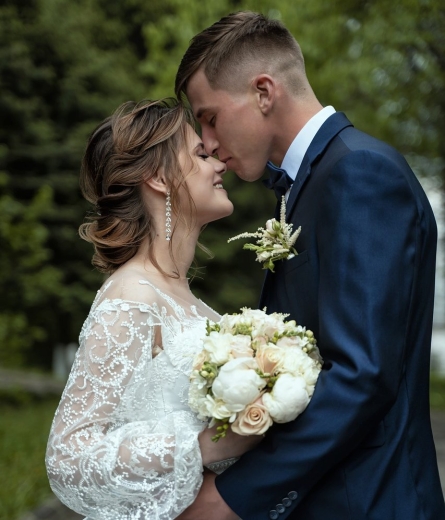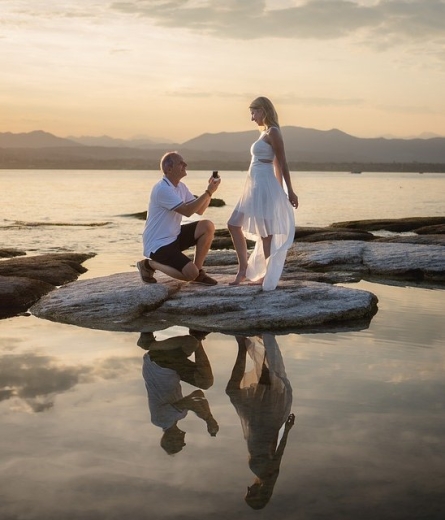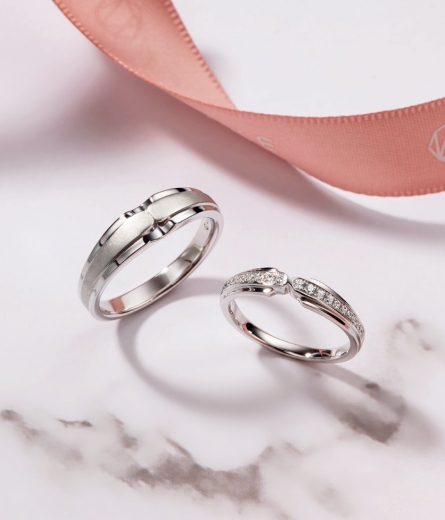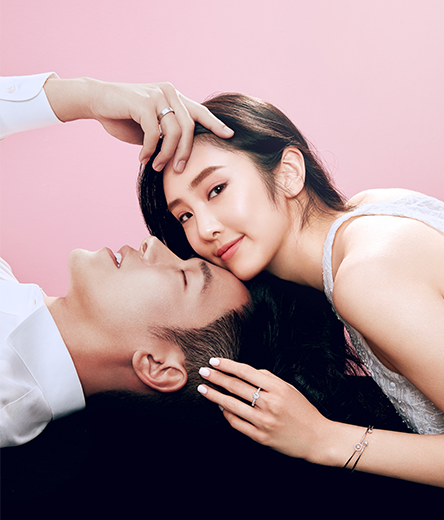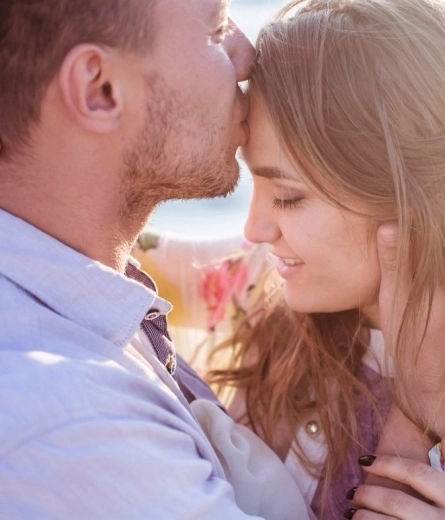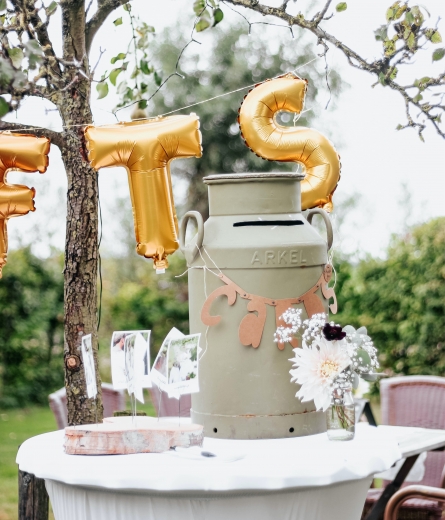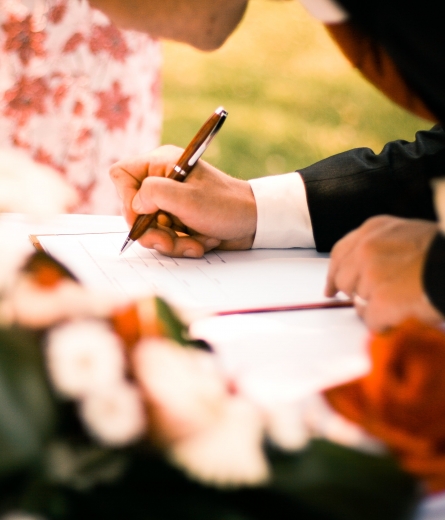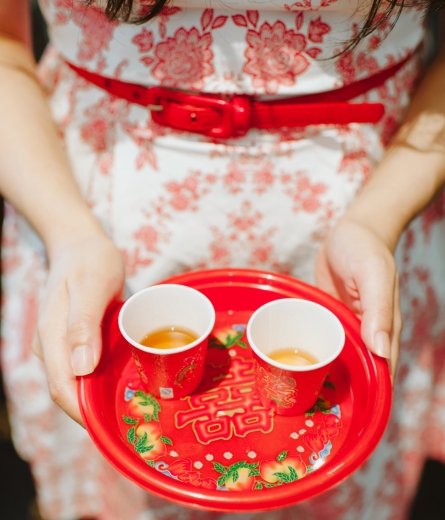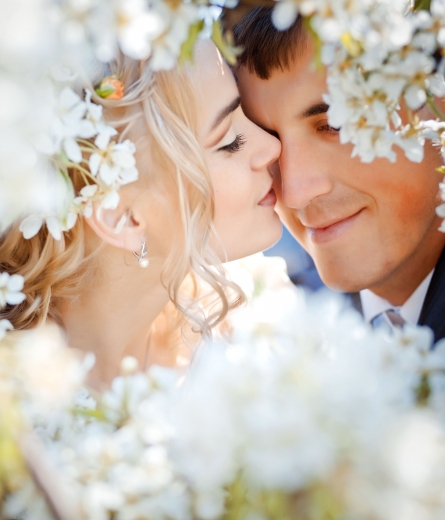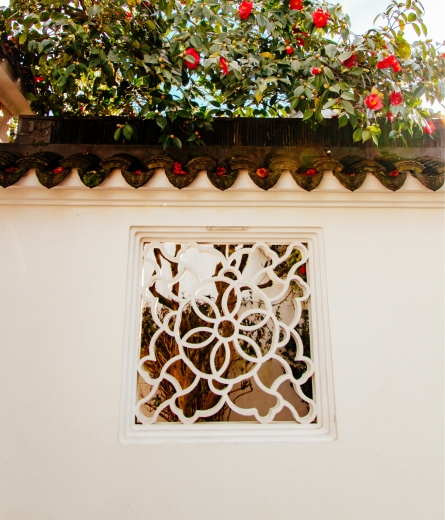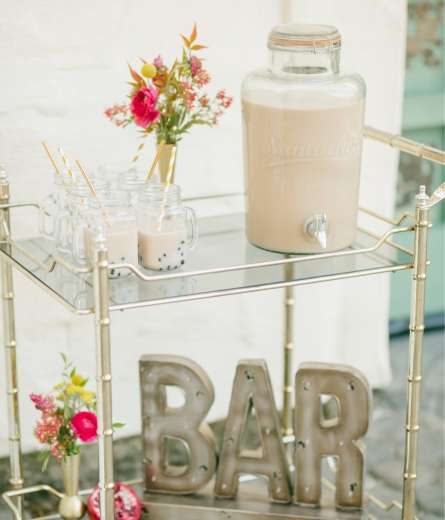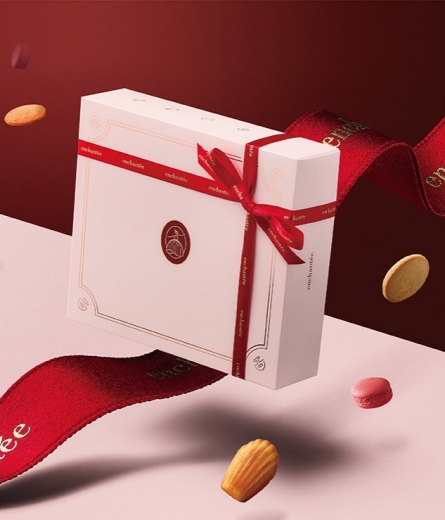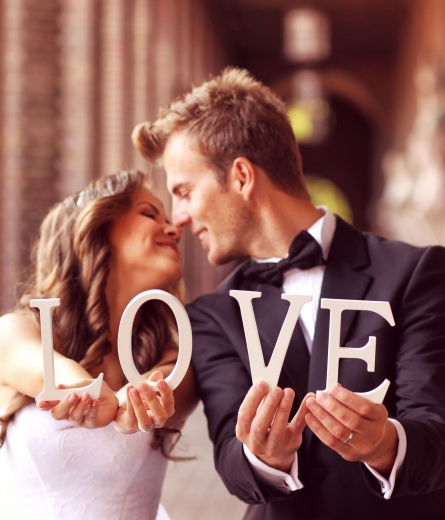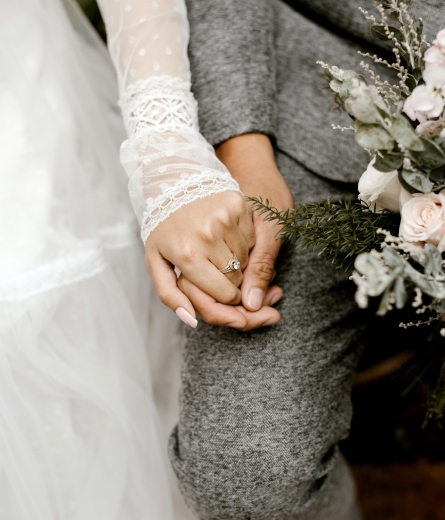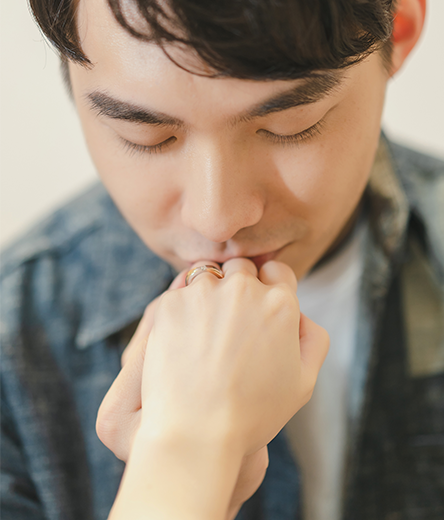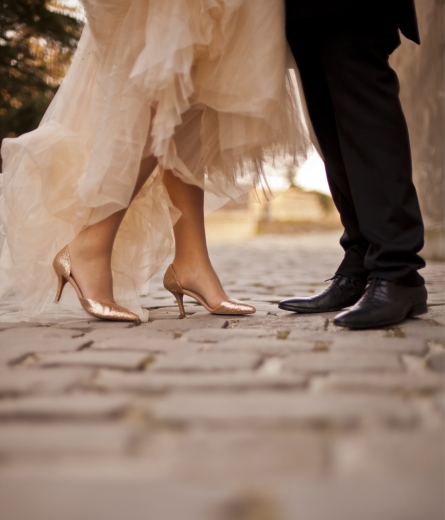Joyful American Weddings! Customs and Traditions Spotlighting the Couple
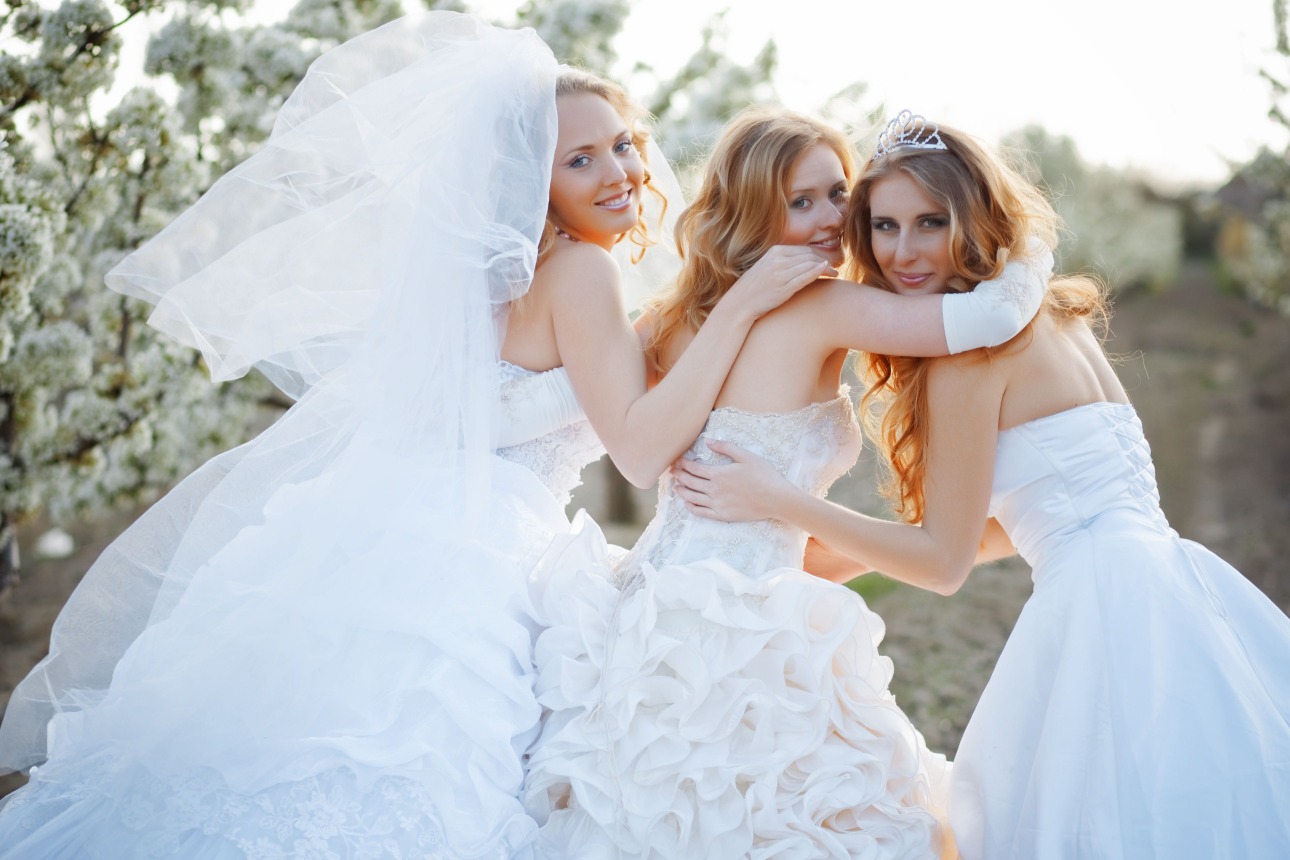
Those who often watch European and American TV dramas have likely witnessed the scenes of American weddings, and the joyful and heartwarming atmosphere often makes people start to dream of an American-style wedding. So, what are the differences between American weddings and traditional Chinese weddings? Let ALUXE show you. In contrast to traditional Taiwanese weddings, American wedding customs place the emphasis back on the 'couple.' There's less concern about the opinions of both sets of parents, and the wedding is led by the bride, allowing her to plan and execute the event as she wishes, with the expenses borne by the bride's side. The groom is typically responsible for proposing, the engagement ring, and the rehearsal dinner.
ENGAGEMENT PARTY
Unlike traditional Chinese weddings with specific customs such as choosing an auspicious date and time, exchanging rings, and performing tea ceremonies, American engagement parties are a joyful announcement and celebration. It signifies the transition from "I" to "we."
WEDDING REGISTRY
Unlike traditional Chinese weddings where guests typically give red envelopes at the banquet, American weddings often have a wedding registry. Guests choose gifts from this list based on their financial capabilities, allowing the couple to receive practical and desired items. While cash from red envelopes is flexible, gifts often hold sentimental and practical value.
BACHELOR/ BACHELORETTE PARTY
A common theme in many American TV shows, these parties are known for being wild and fun. Usually organized by the best man or maid of honor, they provide an opportunity for friends to celebrate the last moments of the bride or groom's single life before marriage.
REHEARSAL DINNER
The only event where the groom traditionally foots the bill is the rehearsal dinner. After confirming wedding details during the rehearsal, both sides of the wedding party gather for a dinner to express gratitude to those who helped prepare for the wedding. The couple often provides small gifts as tokens of appreciation.
WEDDING CEREMONY & RECEPTION
The wedding ceremony is the central event, resembling scenes often seen on television. The focus is on the marriage vows, ring exchange, lifting the veil, and becoming a married couple in the presence of witnesses. Vows hold great importance, allowing for a range of styles from humorous to deeply romantic. After the ceremony, the reception typically begins with the couple's first dance, followed by a relaxed atmosphere for eating, drinking, socializing, and celebrating with dancing.
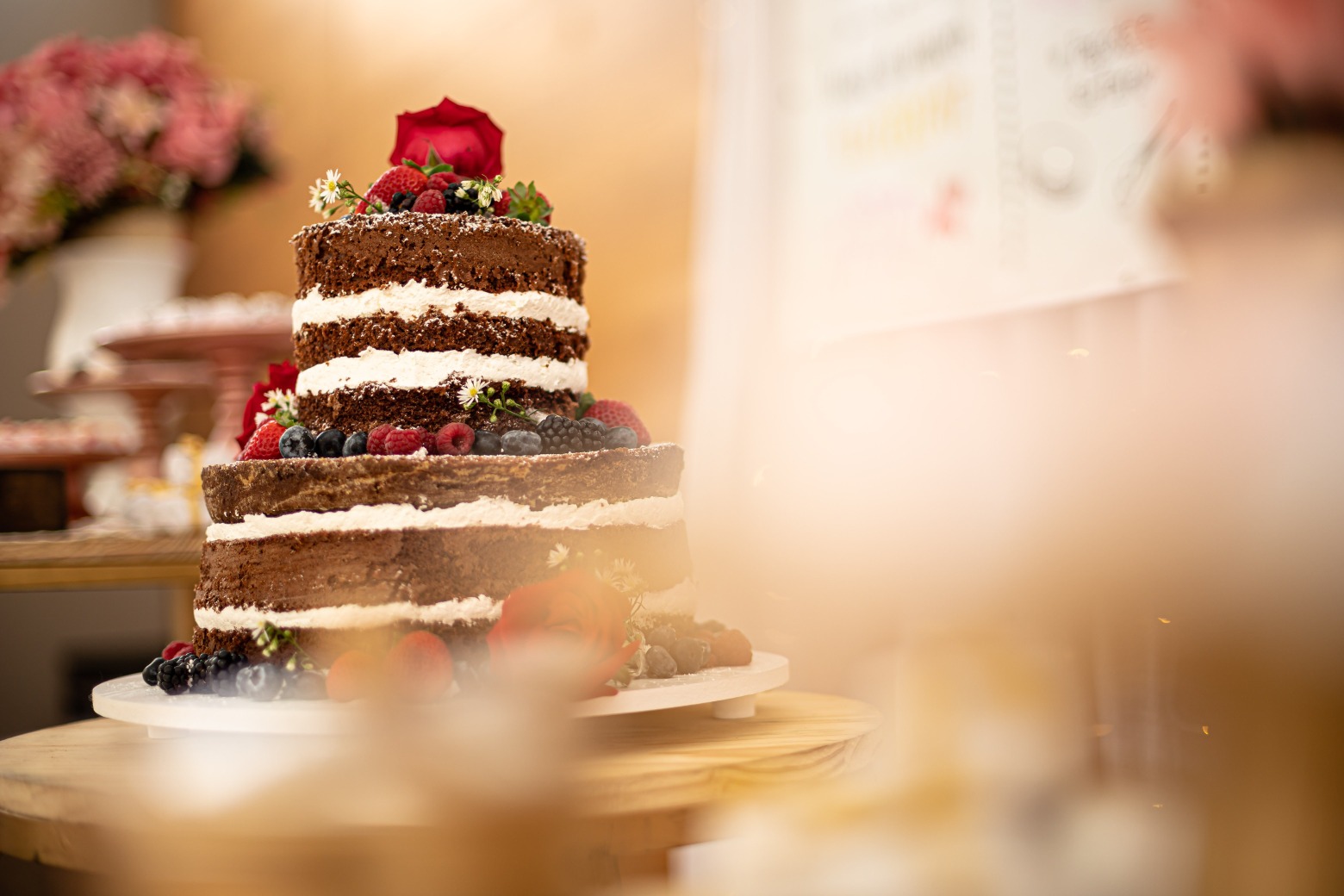
The Classic 4S for the Bride
"Something old, something new, something borrowed, something blue." Similar to our traditional wedding customs, American weddings include the preparation of four symbolic items. The "old" item may be the bride inheriting her mother's wedding gown, headpiece, or accessory, symbolizing the continuation of happiness. The "new" item often comes as a gift from friends, representing the start of a new life. The "borrowed" item can be from anyone, but it is typically borrowed from a happily married friend with the hope of borrowing some happiness and good luck. As for the "blue" item, it harks back to ancient Western symbolism, where blue represents purity and loyalty. It is often expressed through small blue accessories or bouquets.
Wedding Cake
A symbol of American weddings and a significant expense. After cutting the cake together, the couple feeds each other a piece, saving the top tier for their first anniversary—a sweet way to reminisce about the beautiful moments of the wedding.
Three Dances
The first dance is the couple's opening dance, followed by the bride dancing with her father and the groom dancing with his mother for the second and third dances. While American weddings may lack the traditional emotional moment of bidding farewell to parents, dancing intimately with parents provides an opportunity to express heartfelt sentiments.
Wedding Party
Comprising bridesmaids and groomsmen, the formidable wedding party must have an equal number of members. They assist in various wedding preparations, with the chief bridesmaid or best man taking on the responsibility of organizing parties and delivering speeches at the wedding. These speeches often focus on how the bride or groom was met or share anecdotes about the couple, replacing the traditional speeches given by elders. This esteemed role bears witness to the friendship between the newlyweds and their wedding party.
